A campfire should be at the centre of any camp yet few sites allow you to set one. Sussex is well-served for campfires, with Spring Barn Farm and Blackberry Wood being the closest places to allow them. 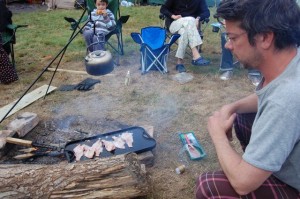
For our annual “iPodival”, a gathering of a dozen adults and an ever-increasing haul of children, we returned to Dernwood Farm in Heathfield. After wheelbarrowing our gear through the woods, we pitched at the entrance to a glade. The first task was to prepare the fire site.
I dug out a rectangle of turf about one and half feet by two feet and set it aside. Then I foraged stones to act as a fireproof ring. A hanging bag of water was on hand in case things went awry. Modern tents made of polyester are exceptionally flammable. I once saw a tent catch fire and become engulfed in seconds. I set the fire a good distance from any tent in case it threw out flaming sparks.
The scouts can light a fire in under two minutes without the use of a match. You can even generate a spark with a twisted coil of wire wool and the contacts on a mobile phone battery. I prefer the trusty Swan Vestas dropped into a pile of tinder in the centre of a pyramid of thin dry kindling. The pyramid or tipi fire provides a directional heat that is good for cooking, although it is liable to tip over when you add new fuel. So dig the vertical lengths of kindling into the ground.
Dared one another to get close to the thrill of iron and flame
My fussing over this small fire proved unbearable to the experienced firebugs in our party. Tim had a pair of sharp axes he had picked up at the Woodfair last autumn. He quickly trimmed logs down to the desired length and set them burning. Then he assembled a tripod from which he suspended a kettle on chain links. My modest conflagration leapt and bounded. I counseled Tim to keep it small, as a small fire will give out a good amount of steady heat. The buzz of masculine interest attracted the boys,
who gawped and dared one another to get close to the thrill of iron and flame.
Fire is a technology, a tool to be used with care and precision
Over at the next encampment, a circle of drunk men whooped as their large fire burnt hot and brief, gobbling up plywood and paper, all spectacle and no practicality.
Fire is a technology, a tool to be used with care and precision. Over the weekend, we cooked on it, warmed ourselves around it, and burnt our leftover food upon it. I took care to extinguish it at night, and when I awoke, Tim coaxed the ashes back to life.
A camping trip should have a purpose, writes Thomas H Holding in the Campers Handbook of 1908. That aim could be archeology, boating, geology, angling, whatever. For our “iPodival” the aim was the sharing of new music, in which each camper took their turn showcasing a playlist of their favourite songs on the stereo. But over the course of the weekend, the music waned and it became apparent that the object of our camping trip had become the fire, with man and boy alike slipping into the rhythms of the element.
When the weekend was over, the fire was put out, the ashes dispersed in the woods, the turf replaced and patted down. The camping ethos of Leave No Trace was there in Holding’s century-old Handbook and it is essential at a site like Dernwood Farm, where you must wheelbarrow your rubbish back to the entrance for recycling. Next time I will bring nothing that cannot be disposed of by fire.
To discover more campsites that allow campfires, go to Cath’s UK camping map

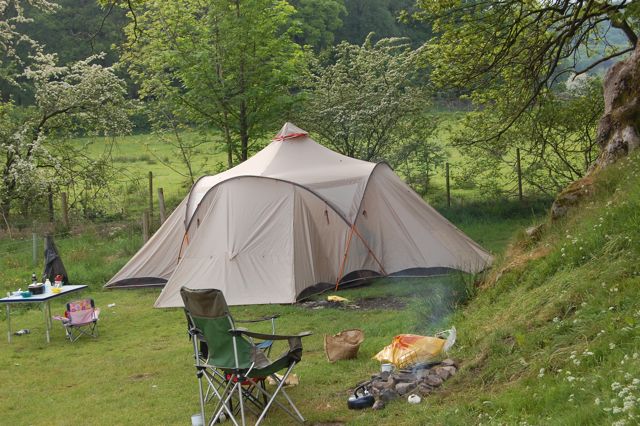
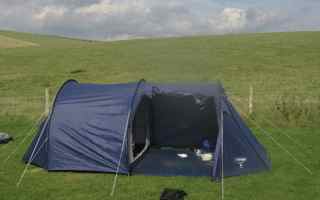
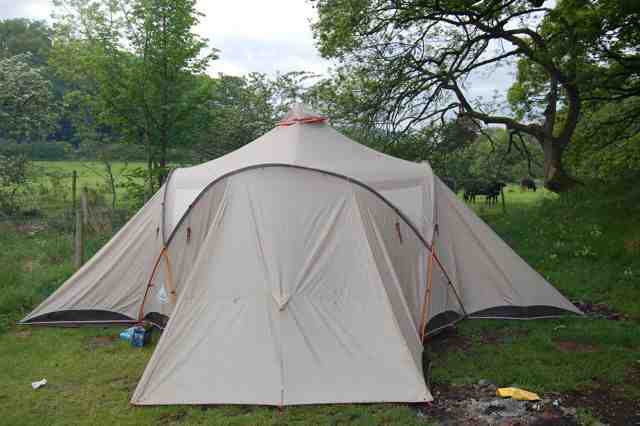
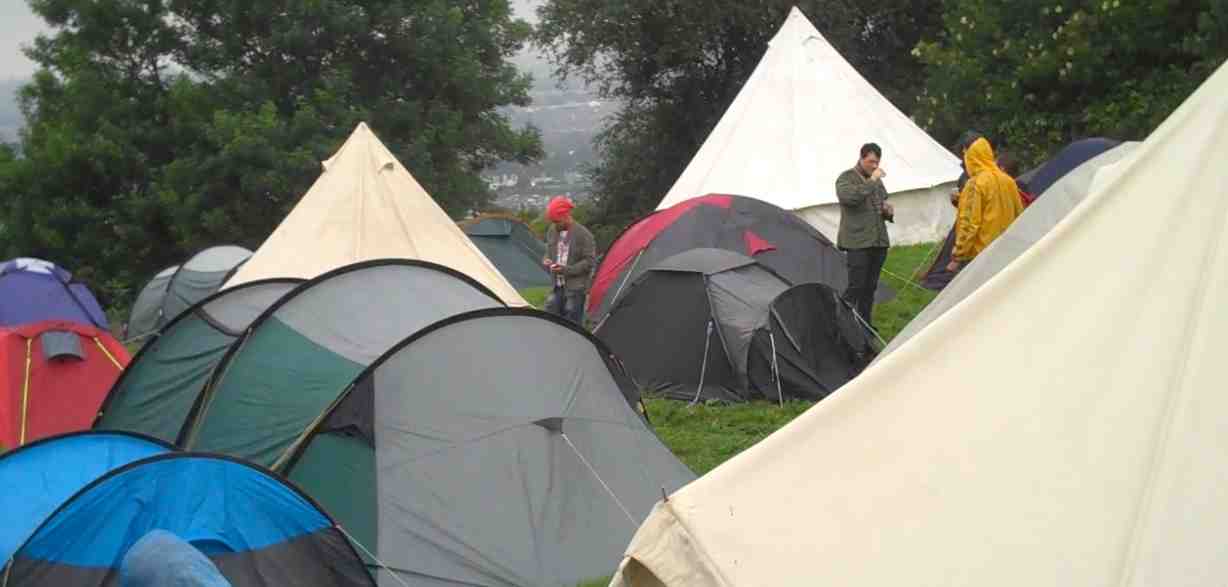
Your blog takes me back to childhood when beach-side camping was a family ritual in summer and fire-bans weren’t quite as strict as they are these days. Here in Oz, that was during the Christmas holidays. Camping’s a great way for kids to learn about their impact on the earth. Love your recipes for camp dinners. Well done you!
Just found your blog when searching twitter for Glastonbury comments.. I love camping and my wife and kids do too, sounds like you have a fantastic time.
I too am loving the camp dinner recipes!